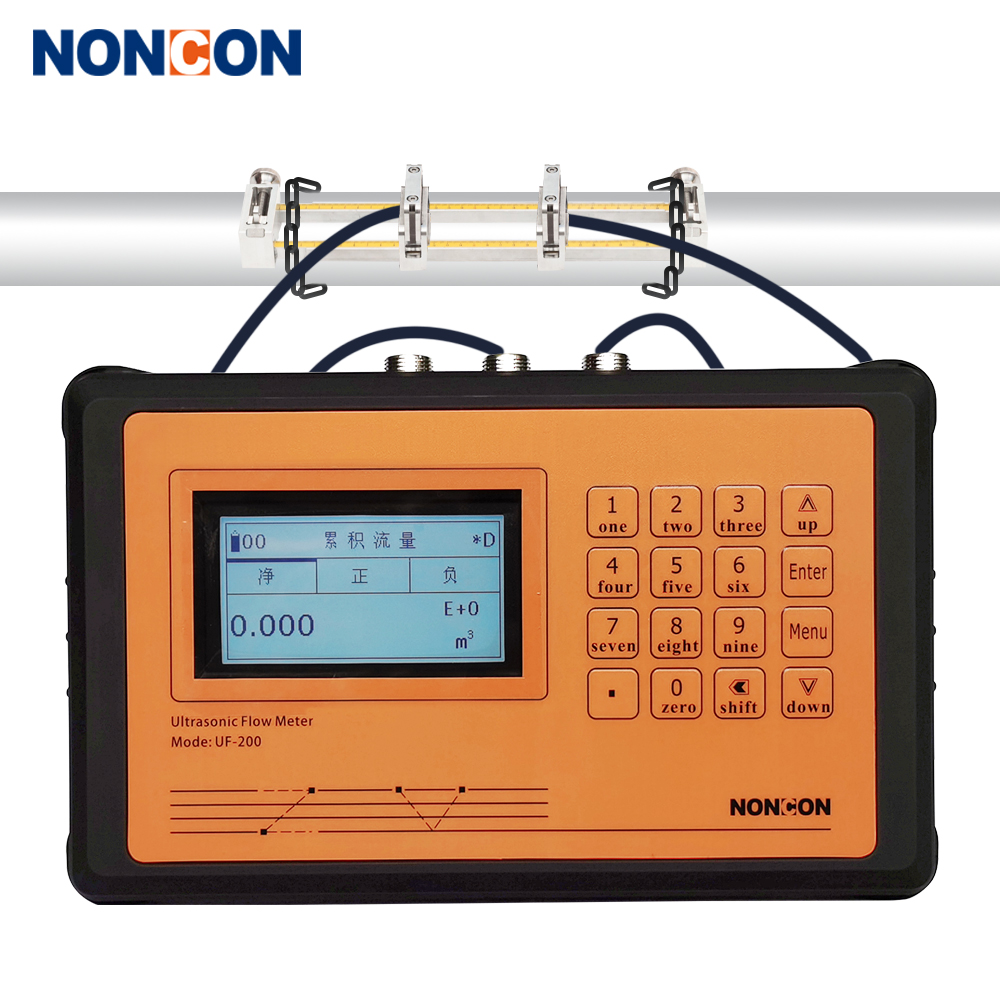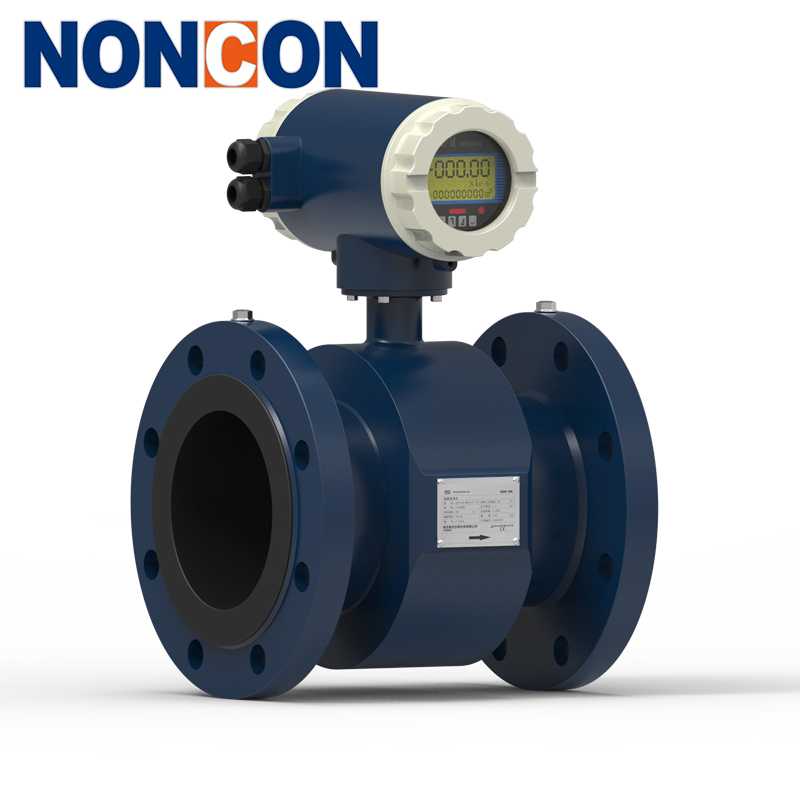
Blog Categories
Recent Posts
Advantages and disadvantages of ultrasonic flowmeter and electromagnetic flowmeter
First of all, the installation method is different this time.Most of the electromagnetic waves are pipe-segment installations and plug-in installations. These two installation methods need to cut/dug holes in the pipeline, and the entire pipeline needs to be shut down before installation;The clamp-on and pipe-segment installation methods are usually two-way, clamp-on and plug-in, without the need to stop the tooling installation. Will not come into contact with the measured fluid, and there is no possibility of involvement.

Second, the versatility of these two flow meters is very different.
Electromagnetic flow meter sare used for one pipe diameter, and even the lining of the corresponding flowmeter is different for different pipeline fluids, and cannot be used on other pipelines;The external clamp and plug-in ultrasonic flowmeters do not have this trouble, and can be used in different materials, different sizes, and different measured fluid pipes.
Moreover, the two flow meters measure pipe fluids in different ways.
Electromagnetic flowmeter is an instrument that uses the principle of electromagnetic induction to measure the flow of conductive fluid based on the electromotive force induced when the conductive fluid passes through an external magnetic field, so it can only measure the data of the conductive fluid;The ultrasonic flow meter uses the time difference method to measure the fluid flow through the time difference between the upstream sensor and the downstream sensor. Therefore, the ultrasonic flow meter can measure almost all fluids except for fluids with high solid content or many bubbles.
PS:The above measurements are in full pipe state, electromagnetic flow meter and ultrasonic flow meter can only measure the flow in full pipe state.
The communication protocols of these two flow meters are relatively rich. Almost all of them are equipped with 4-20mA and RS485 as standard. What's more, other communication protocols on the market can be selected, which is more advantageous than other flow meters. Noncon ultrasonic flow meter not only comes standard with 4-20mA and RS485, but also OCT alarm settings (upper and lower limits can be set, and an alarm signal will be issued when it reaches it), and it also supports optional communication protocols such as BACnet and LoRa.

Moreover, the post-maintenance of these two flow meters is different.There is a difference in the verification period. The state stipulates that the verification period for ultrasonic flow meters is once every three years, while the verification period for electromagnetic flow meters is once every two years.
The electromagnetic flow meter needs to be checked for water or other substances in the external equipment, whether electromagnetic field equipment or wires are added to the instrument nearby, which will affect the measurement of the electromagnetic flow meter. If the detection data of the electromagnetic flow meter is deviated, it will be shut down and dismantled. Come down for maintenance and repair, you may not be able to work during the period.The ultrasonic flow meter will be much more convenient. You only need to check the SQ value displayed by the flow meter, the sound velocity ratio and other parameters are good, if there is a problem with the value, you can check whether the sensor position is foreign or loose, and both the external clamp type and the plug-in type It can be checked and maintained under pressure.

